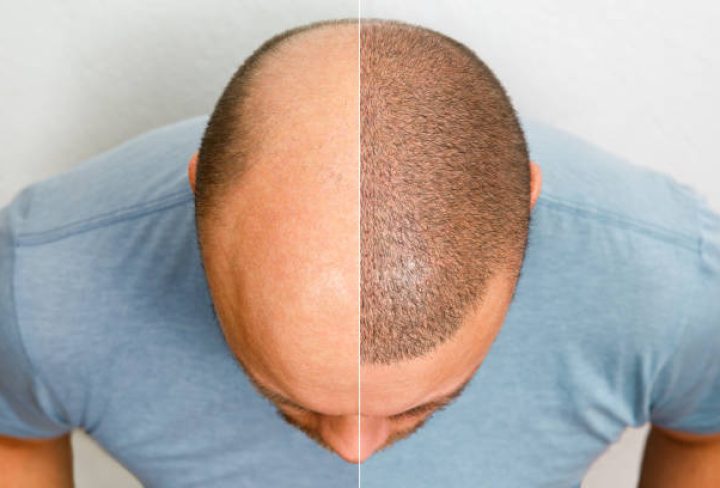Hair Loss in Men & Women: When Should You Consider a Hair Transplant?
Hair loss is a common concern affecting both men and women, often leading to a loss of confidence and self-esteem. While some hair loss is natural with aging, excessive or premature hair loss can be distressing. A hair transplant is a proven solution to restore hair and confidence. But when is the right time to consider a hair transplant? Let’s explore the key signs and factors that indicate when you should opt for this procedure.
Understanding Hair Loss in Men & Women
Hair loss can be caused by various factors, including genetics, hormonal changes, stress, medical conditions, and poor lifestyle habits. The most common types include:
- Male Pattern Baldness (Androgenetic Alopecia): A hereditary condition causing receding hairlines and bald spots, usually starting in the late 20s or early 30s.
- Female Pattern Hair Loss: Thinning hair, usually on the crown, that becomes more noticeable over time.
- Alopecia Areata: An autoimmune disorder that leads to patchy hair loss.
- Telogen Effluvium: Temporary hair shedding caused by stress, pregnancy, illness, or medication.
When Should You Consider a Hair Transplant?
1. When You Have Permanent Hair Loss
A hair transplant is most effective for permanent hair loss conditions like androgenetic alopecia. If your hair is thinning progressively and does not regrow, a transplant may be the best solution.
2. When Non-Surgical Treatments Fail
Before opting for a transplant, most people try medications like minoxidil (Rogaine) or finasteride (Propecia). If these treatments don’t work or only provide temporary results, a hair transplant can offer a long-lasting solution.
3. When Hair Loss Affects Your Confidence
If hair loss is impacting your self-esteem, causing anxiety, or affecting your social interactions, a hair transplant can significantly boost your confidence and improve your quality of life.
4. When You Have Enough Donor Hair
A successful hair transplant requires healthy donor hair from the back or sides of your scalp. If you have sufficient donor hair, you are a good candidate for the procedure.
5. When Hair Loss Has Stabilized
For best results, it’s recommended to undergo a hair transplant when your hair loss has stabilized. This ensures that the newly transplanted hair blends naturally with the existing hair.
Choosing the Right Hair Transplant Method
There are two primary techniques for hair transplantation:
- Follicular Unit Extraction (FUE): Individual hair follicles are extracted and transplanted. This method is minimally invasive and leaves no linear scars.
- Follicular Unit Transplantation (FUT): A strip of scalp is removed from the donor area, and individual follicular units are implanted. This technique is suitable for those needing a large number of grafts.
Final Thoughts
Hair loss can be a distressing experience, but a hair transplant can help restore your natural hairline and confidence. If you’re experiencing significant hair loss that isn’t responding to other treatments, consulting a qualified hair transplant specialist like Dr. Shivam Dang can help you determine the best course of action. Don’t let hair loss hold you back—take the first step towards a fuller, healthier head of hair today!
For expert consultation and personalized treatment plans, book an appointment with Dr. Shivam Dang, a leading hair transplant specialist in Dehradun.

